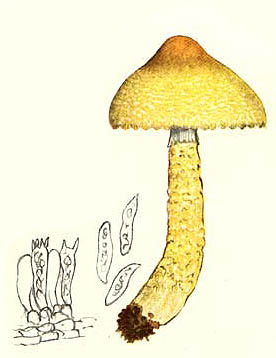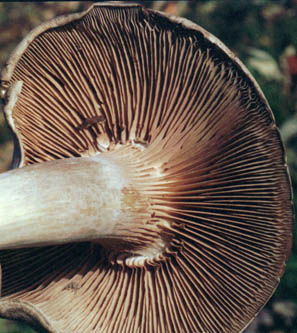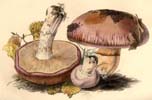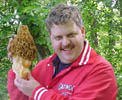|

|
 1835 ordained
1835 ordained
"he turned his knowledge of them to useful account for his family and neighborhood; and he declared that he could have supported a regiment upon excellent and delicious food which was wasting in the fields and woods around him." (Gray)
"when he had exhausted the limited field in Phaenogamous botany within his reach, he entered upon the inexhaustible ground of mycology, which had been neglected in this country since the time of Schweinitz. ... For the last twenty-five years his scientific studies were mainly given to mycology, in which he became a proficient, and the highest American authority." (Gray)
This paper is interesting because, although the Curtis clearly didn't know much about taxonomy or how to describe his plants, he managed to record "as many phanerogamic species as had been recorded for the state up to that time." Makers of North American Botany, p.64
Gray notes that in this work,
Dr. Curtis corrected the account of the mode of its wonderful action which had prevailed since the time of Linnaeus, and confirmed the statement and inferences of the first scientific describer, Ellis, namely, that this plant not only captures insects, but consumes them, enveloping them in a mucilaginous fluid which appears to act as a solvent.
Series 8-10
Publication of species co-determined by Berkeley and Curtis (probably mostly Berkeley, actually)
The "North Pacific" in the title refers to the area of the country that we now call the Pacific North-West. If Wright was at all a good collector, I imagine that they got some great things out of this trip.
Part 1 of the article, on the Hymenomycetes, is co-authored; part 2, starting on page 341, covering a variety of non-basidiomycetous fungi, is by Berkeley.
I'm not sure what this is a flora of.
 Glossary |  Mushrooms |  |  People |  Newsletter |  Events |